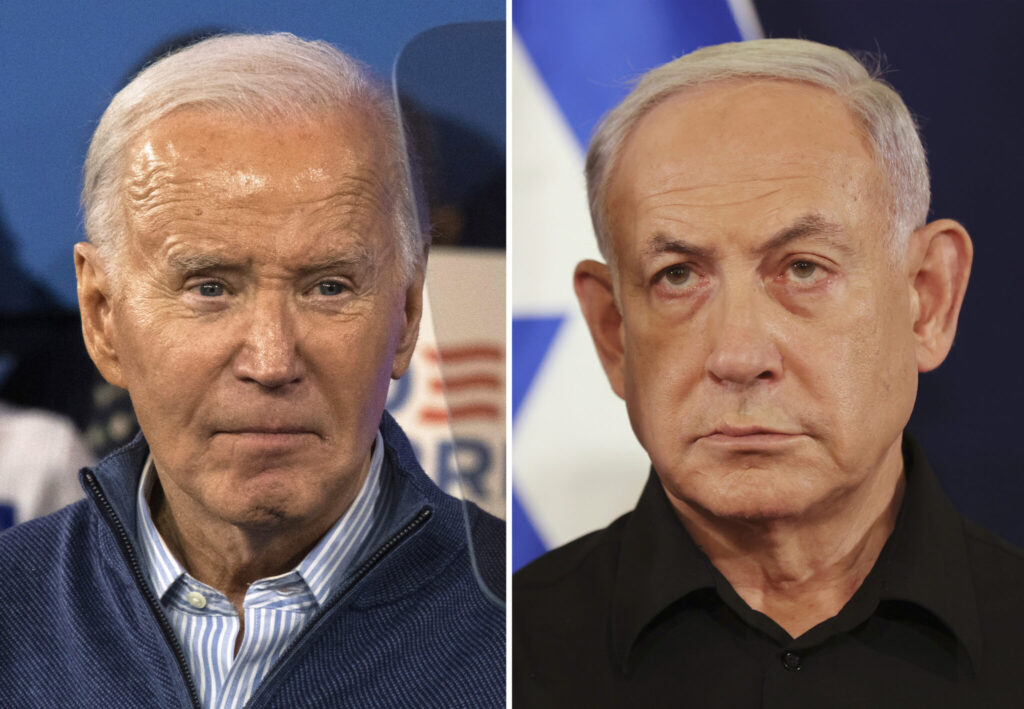At the start of its devastating offensive on the Gaza Strip, Israel set an ambitious goal: destroy Hamas. At the time, the Biden administration committed to the objective, lending Israel considerable stocks of weaponry and voicing its support. Nearly eight months into the war, however, cracks have emerged between the close allies over what defeating Hamas actually looks like. Last week, Biden said the militant group was no longer capable of launching an attack on Israel like the Oct. 7 attack that triggered the war and that it was time for the fighting to end. Israel’s Prime Minister Benjamin Netanyahu and far-right ministers disagree. Where the U.S. seeks a quick end to the fighting, Israel’s leadership appears determined to push onward.
Here is how the leaders define the destruction of Hamas.
Quick Read
- President Joe Biden and Israeli leaders are at odds over whether Hamas is sufficiently depleted to warrant a cease-fire.
- Biden believes Hamas is no longer capable of launching large-scale attacks like the one on October 7, and that the war should end.
- Israel’s Prime Minister Benjamin Netanyahu and far-right ministers disagree, insisting Hamas’s military and governing abilities must be completely eradicated.
- Netanyahu stated that a permanent cease-fire would only be considered after Hamas’s total destruction, freeing all hostages, and ensuring Gaza no longer poses a threat to Israel.
- Israel’s far-right leaders, including National Security Minister Itamar Ben-Gvir and Finance Minister Bezalel Smotrich, demand the continued military pressure on Gaza and the resettlement of Israeli settlements there.
- Ben-Gvir and Smotrich have threatened to leave Netanyahu’s government if Biden’s cease-fire proposal is accepted, which could collapse the coalition government.
The Associated Press has the story:
Biden says Hamas is sufficiently depleted. Israel leaders disagree, casting doubts over cease-fire
Newslooks- JERUSALEM (AP) —
At the start of its devastating offensive on the Gaza Strip, Israel set an ambitious goal: destroy Hamas. At the time, the Biden administration committed to the objective, lending Israel considerable stocks of weaponry and voicing its support.
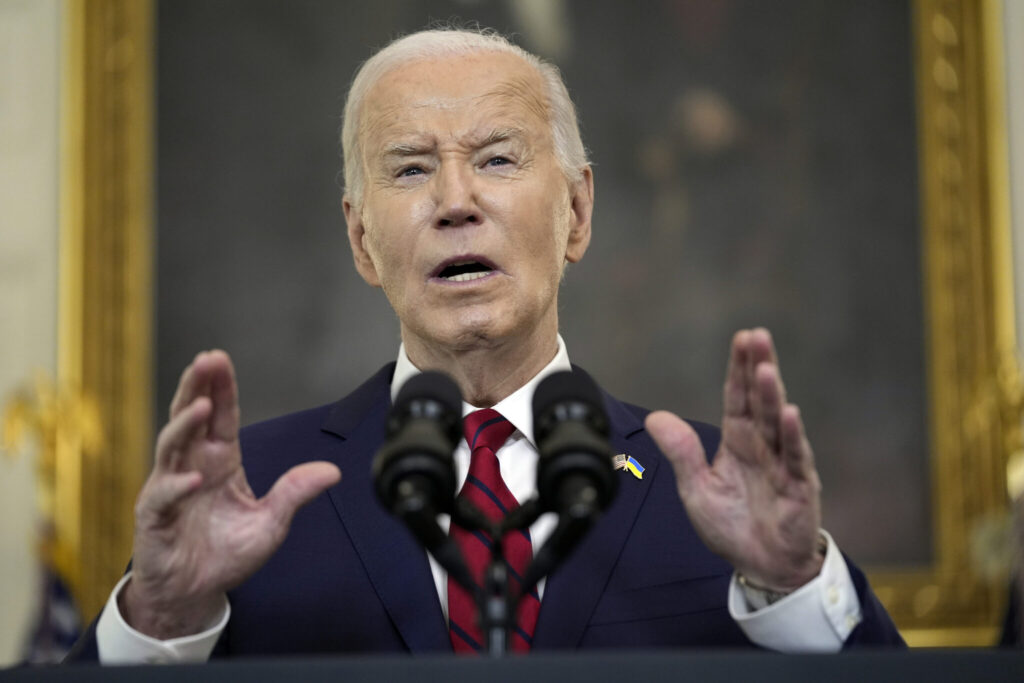
Nearly eight months into the war, however, cracks have emerged between the close allies over what defeating Hamas actually looks like. Last week, Biden said the militant group was no longer capable of launching an attack on Israel like the Oct. 7 attack that triggered the war and that it was time for the fighting to end. Israel’s Prime Minister Benjamin Netanyahu and far-right ministers disagree.
Where the U.S. seeks a quick end to the fighting, Israel’s leadership appears determined to push onward.
Here is how the leaders define the destruction of Hamas.
BIDEN: NO ABILITY TO POSE A THREAT
Biden on Friday said it was time to end the Israel-Hamas war, signaling that the objective of destroying Hamas had already been met because the militant group was “no longer capable” of carrying out a large-scale attack on Israel like the one on Oct. 7.
That day, Hamas militants astonished Israel with a large-scale assault, killing some 1,200 people and dragging about 250 hostages back to Gaza as rocket fire targeted Israeli cities and towns.
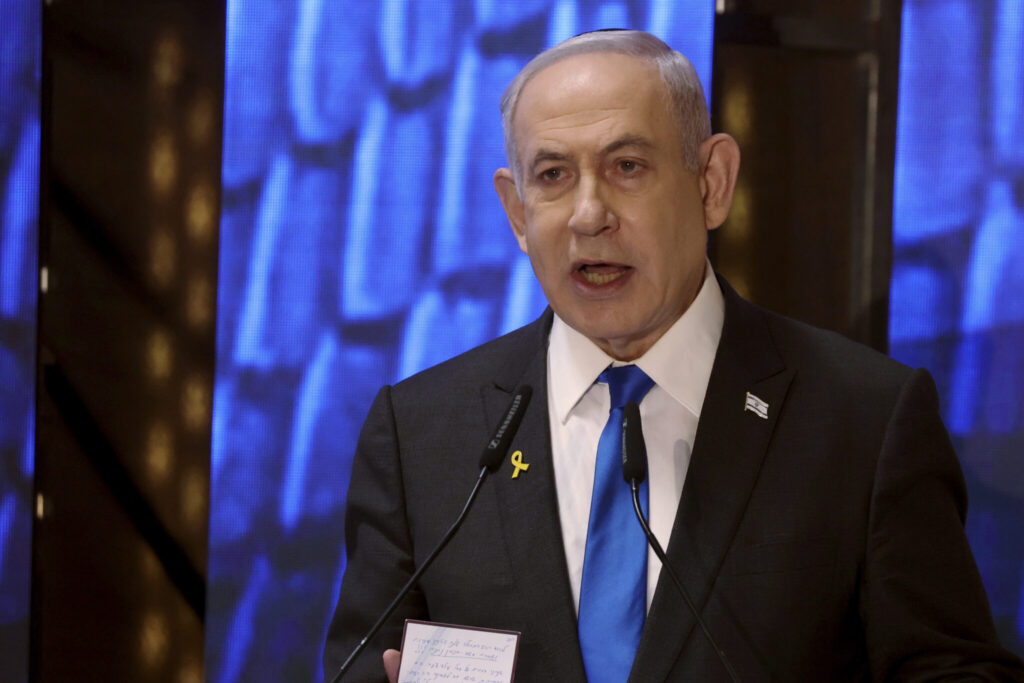
In the nearly eight months since then, Israel says its air and ground offensive has significantly depleted Hamas’s military capabilities. It claims to have killed 15,000 militants, half of Hamas’ fighting force, and wounded thousands of others. It also says it has destroyed a significant portion of Gaza’s labyrinthine tunnel network, command and control centers and rocket launchers.
Biden appeared Friday to believe this was enough to satisfy Israel’s objective. He urged Israel and Hamas to reach an agreement to release about 85 remaining hostages, along with the bodies of around 40 more, for an extended cease-fire.
NETANYAHU: ELIMINATE REMAINING MILITARY AND GOVERNING ABILITY
In response to Biden’s suggestion that Hamas was significantly depleted, Netanyahu said Israel would not agree to a permanent ceasefire until “the destruction of Hamas’ military and governing capabilities, the freeing of all hostages and ensuring that Gaza no longer poses a threat to Israel.”
The Israeli army says the eradication of Hamas is still incomplete, with battalions of militants remaining in the southernmost city of Rafah and fighting still raging in Gaza’s north. Hamas has continued to launch rockets into Israel, although with far lower intensity than in the first months of war. The extent of the group’s governance across the strip remains unclear, though no alternative has emerged.
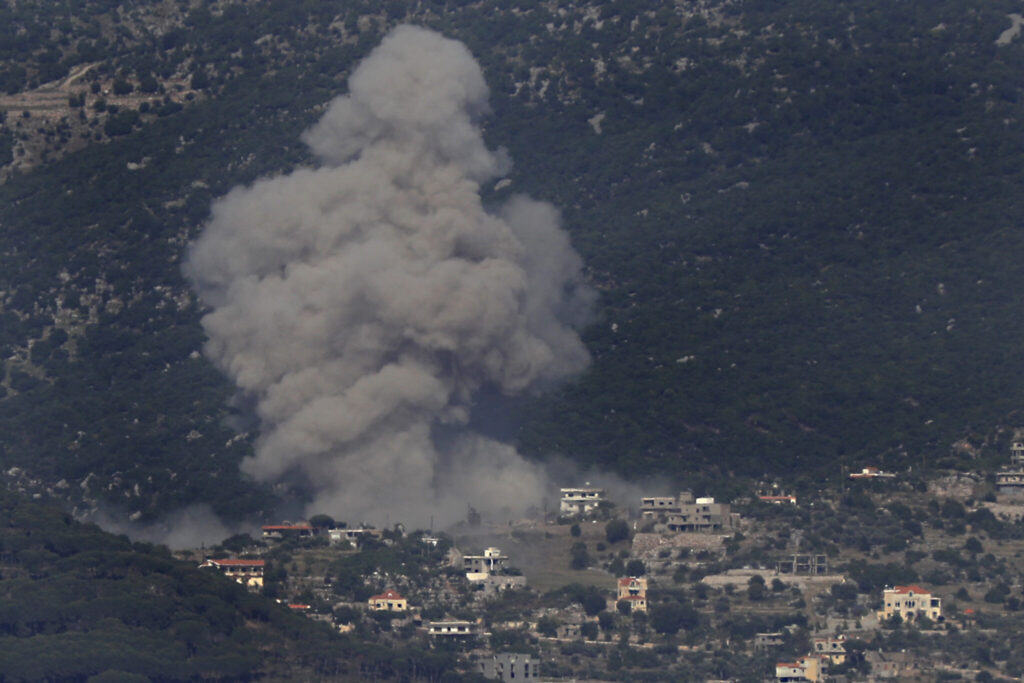
Still, Netanyahu admits it may be impossible to fully stamp out the ideology of Hamas, which seized control of Gaza in 2007, a year after winning legislative elections against the rival Fatah party. Hamas has managed to survive despite a 16-year blockade imposed by Israel and Egypt, and four previous wars against Israel.
“Hamas has to be eliminated, not as an idea,” Netanyahu said in late March. “Nazism was not destroyed as an idea in World World Two, but Nazis don’t govern Germany.”
ISRAEL’S FAR RIGHT: ERADICATE HAMAS AND RESETTLE GAZA
The far-right firebrands within Israel’s ultranationalist government have staunchly rejected Biden’s ceasefire proposal, saying Israel must continue its war in Gaza until the militant group is completely stamped out.
Israel’s minister of national security, Itamar Ben-Gvir, and Finance Minister Bezalel Smotrich have both threatened to leave Netanyahu’s government if he endorsed Biden’s proposal. That would cause the coalition to collapse.

Smotrich said Monday that agreeing to a ceasefire would amount to a humiliation of Israel and a surrender. Increased military pressure, he said, is “the only language understood in the Middle East.”
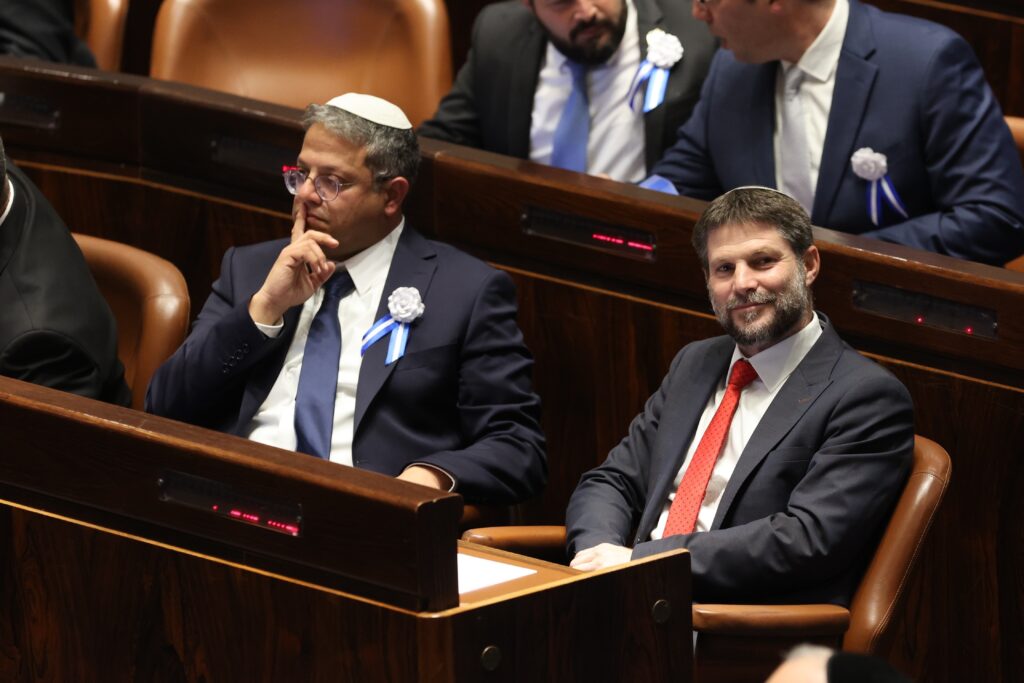
Ben-Gvir has called for the “voluntary” emigration of Palestinians from Gaza and for a return of Israeli settlements. Israel unilaterally pulled out of more than 20 Jewish settlements in Gaza in 2005, ending a 38-year presence.
Speaking at a resettlement conference in May, Ben-Gvir said that the only way to make sure “the problem won’t come back” was to “return to Gaza now.”
“Return home!,” he chanted, “Return to our holy land!”

